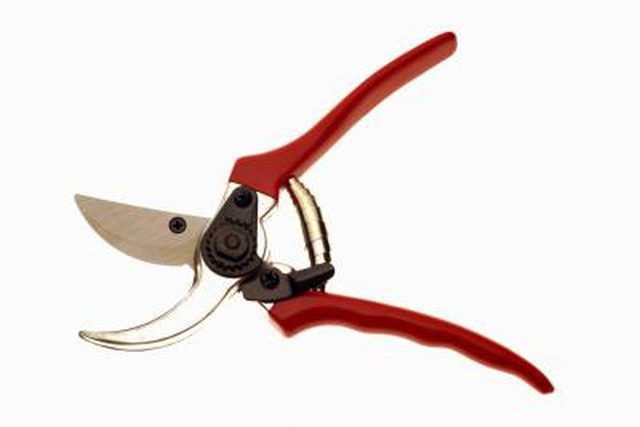Bulbs
Flower Basics
Flower Beds & Specialty Gardens
Flower Garden
Garden Furniture
Garden Gnomes
Garden Seeds
Garden Sheds
Garden Statues
Garden Tools & Supplies
Gardening Basics
Green & Organic
Groundcovers & Vines
Growing Annuals
Growing Basil
Growing Beans
Growing Berries
Growing Blueberries
Growing Cactus
Growing Corn
Growing Cotton
Growing Edibles
Growing Flowers
Growing Garlic
Growing Grapes
Growing Grass
Growing Herbs
Growing Jasmine
Growing Mint
Growing Mushrooms
Orchids
Growing Peanuts
Growing Perennials
Growing Plants
Growing Rosemary
Growing Roses
Growing Strawberries
Growing Sunflowers
Growing Thyme
Growing Tomatoes
Growing Tulips
Growing Vegetables
Herb Basics
Herb Garden
Indoor Growing
Landscaping Basics
Landscaping Patios
Landscaping Plants
Landscaping Shrubs
Landscaping Trees
Landscaping Walks & Pathways
Lawn Basics
Lawn Maintenance
Lawn Mowers
Lawn Ornaments
Lawn Planting
Lawn Tools
Outdoor Growing
Overall Landscape Planning
Pests, Weeds & Problems
Plant Basics
Rock Garden
Rose Garden
Shrubs
Soil
Specialty Gardens
Trees
Vegetable Garden
Yard Maintenance
How to Prune Weeping Pine Trees
How to Prune Weeping Pine Trees. The grace, charm and architectural characteristics of a weeping conifer, such as a pine (Pinus spp.), can add much to a landscape, especially in fall and winter. Weeping pines, depending on plant species, can become quite large. Regardless of their mature size, pruning must be done selectively and lightly, if at...

The grace, charm and architectural characteristics of a weeping conifer, such as a pine (Pinus spp.), can add much to a landscape, especially in fall and winter. Weeping pines, depending on plant species, can become quite large. Regardless of their mature size, pruning must be done selectively and lightly, if at all, to retain the attractive form of the plant, and to ensure that the plant is structurally sound. Tip pruning can be done at any point, but major branch pruning should be done when the plant is young and less than 6 feet tall.
Things You'll Need
Hand pruners (secateurs)
Loppers
Trim away any dead, wounded or diseased branches from the plant with a pruners, making the cut flush with the trunk where the branch meets it. Leave no more than a 1/4-inch stub. If the branch to be removed is larger than 1/2-inch in diameter, use loppers. Remove dead and diseased branches and twigs any time of year.
Tip prune weeping pine tree branches, as desired for aesthetics, in late winter or early spring by snipping them back to a branch junction. Make the cut with the hand pruners 1/4-inch above the junction with another living branch or needle cluster you wish to retain.
Clear the lowermost trunk of scraggly or hidden branches by snipping them flush with the main trunk. This can also be done on the main branches if cluttered branches look unattractive.
Cut back branches that make contact with the soil. Make the cuts on these branches at a junction with another branch or needle cluster that is 6 to 12 inches above the soil. Prune the branches back even further per your aesthetics, depending on how much space you like between the weeping branch tips and the ground.
Remove any branches or twigs that are pulling down the weeping pine tree or making it lopsided. Balance the canopy so that there are branches and foliage on all sides of the trunk.
Tips & Warnings
Prune pines in early to midwinter when dormant to reduce the oozing or "bleeding" of the sap. Use the clippings for Holiday decorations.
Regardless of the best pruning and training on a weeping plant, the soil, frequency of wind, or length of branches can all act to topple it. Sometimes a brace or stake is needed to ensure the main trunk can fully support the arching canopy of foliage.
With time, weeping pine branch tips that remain on the soil or mulch will root and grow horizontally like a groundcover. These can be removed.
There should be one main trunk from which all others radiate. Branches that criss-cross each other or put uneven weight loads on a trunk, such as all branches growing out to the right side of the trunk and none on the left side, should be removed or thinned out.
Do not cut branches of weeping pines back into lower bare areas and expect regrowth. Pines usually do not spout new buds and needle clusters from older, barren twigs or lowermost parts of branches.
Branch breakage and cracks often manifest themselves after heavy, wet snowfalls or ice storms. Be prepared for residual branch die-back upwards of three to six months after these events.